
Windows 10 Build 10159 Released To Windows Insiders
Just yesterday, Microsoft released build 10158 to the Windows Insiders fast ring. I was going to write it up but I wanted to kick the tires on it first to give my thoughts to the changes. Normally there is plenty of time to do that, but today yet another build was released. Build 10159 comes today, and once again just to the fast ring, so if you need an ISO you’ll have to wait a bit for this build to come to the slow ring.
A few months ago, I really questioned whether Windows 10 would be ready by summer. When Microsoft announced that the launch date was July 29th, it seemed like an enormous task to refine the OS to a point where it would be ready for the public. But the last couple of builds have made some pretty big strides in stability and polish, and now, with less than thirty days to go, it does seem possible.
Of course with that being said, this release of Windows is going to be unlike any previous one. Not only is there a major push by Microsoft to have people upgrade, but many of the core features of the OS have been pulled out and moved to the Windows Store so that they can be updated through that mechanism over time. There will be a lot of features coming to Windows 10 that have been shown that are not going to make it on day one, so for those that want access early, be sure to keep in the Windows Insider program which will continue after launch and let you get first access to some of the new features, and be able to provide feedback.
For those that wonder if that feedback is being heard, it sure seems like it is. On the previous build, 10130, there was a new animation for file copies and downloads where the icon would fill from the bottom in white, rather than the horizontal fill in green that has been around for a while now, however with 10158 it has been reverted to the old way due to customer feedback. There have been a lot of these kinds of changes that have been driven by the community and it is certainly a much different take on developing Windows than the Steven Sinofsky era which lead to Windows 8.
So with that preamble out of the way, let’s take a look at some of the new changes to build 10158 and 10159. With less than thirty days to go, major features are taking the backseat to bug fixes and polish.
The first big change is that Project Spartan has finally been replaced with the official Microsoft Edge browser. The official name was given out at Build in April, but all builds to this point have still kept the codename for the browser and its icon. That now changes and along with a new icon the browser brings quite a few more features forward. The settings now have more than just a couple of minor tweaks, and you can now make a lot of changes to the behaviour of the browser. On startup, you can choose from a Start tab, New Tab, Previous Tabs, or Specific Tabs. The New Tab page can also be customised to include Top Sites, Top Sites with Recommended Content, or a blank page. I’ve been using Top Sites with Recommended Content since 10130, and while I would appreciate a way to customise the content more, I do quite like what is presented there through MSN. You can also toggle a home button option, and import favorites from another browser. Edge can also be toggled to use a dark theme, and it finally gains support for passwords and form fills. I know it’s pre-release software, but it has sure been a pain that it never remembers passwords. It still really needs extension support however that is not coming until after launch.
Cortana also gains some more features such as flight tracking – something that already exists in Cortana on the phone – and it is also gaining integration with Office 365 in order to keep track of your schedule. You can also send an email with Cortana using natural language, and this is something I want to try out however Cortana is still not active in Canada. It must be our crazy accents.
The Photos app has been one of the big improvements pretty much since Windows 10 was first shown, and in 10158 it continues to get performance and bug fixes, and they have now added GIF support which was apparently one of the top requests.
One smart addition is that the snipping tool now has an optional delay to allow you to capture menus. I have always used Windows Key + PrtScn to capture those in the past but then you need to crop out what you need so this is a nice little bonus.
Today’s build of 10159 adds over 300 fixes according to Microsoft, and it also changes the login screen to include the new Hero wallpaper that Microsoft has created for Windows 10. You can also pick that wallpaper in the settings, as well as have the secondary colors be picked from the image you have as your wallpaper.
It may seems like there is not a lot of substance with the latest builds, but I really have to say the stability and polish has come a long way. I was having issues on previous builds with the new Mail and Calendar apps, and those are now working flawlessly. The notifications seemed like they did not always work, and now they work consistently. App crashes have come down quite a bit, and since installing 10158 and now 10159 there are a lot less quirks to deal with. With a month to go, it now seems like they are going to get there. More will come after the fact, but the core OS seems like it just might be ready to be installed on the 1.5 billion Windows devices.
Source: Windows Blog
Read More ...
Introducing the Build-A-Rig Project: Company Configured PC Contest, Readers Win PCs
A while back Newegg approached us with an interesting offer. They wanted to regularly give away complete PCs to our readers, and they wanted our help in doing so.
While it’s easy enough to hold a giveaway – something we’ve done numerous times now – we and Newegg agreed that it needed to be something more interesting and exciting than just a bog-standard giveaway. Part of this is simply to get more attention for the giveaway, but at the same time we also wanted to make our giveaways deeper for the reader, as we are so fond of doing deep articles on new technologies. Building a PC (or even just window shopping for a PC) is fun, but so much of that fun and the challenge is in the component selection process rather than in the build process itself. So after looking at our options, and after one too many Top Gear reruns for Ian, we hit upon an interesting idea for our Newegg system giveaway.
Ultimately we wanted to turn the build process into a competition in and of itself. And while all of the AnandTech editors could easily design a good system and make for a good competition, after thinking it through we thought we could do even better than that. Why not make it a competition between groups who are already competitors and have real incentive to beat each other? To that end we decided to turn to the PC component manufacturers themselves, to create a competition between the people who are making the hardware we use day-in and day-out, with the end result being a set of comparative data and a bunch of hardware to give away. Newegg jumped on board, and today we are officially launching our Build-A-Rig project, where we invite companies to configure a PC to a budget which we then build, test and give away.
Build-A-Rig (BAR) Introduction
The Build-A-Rig project, in its simplest form, involves us approaching our contacts at the various companies we work with and asking them to produce a PC build for a given budget. With the aid of our project sponsor Newegg, we then obtain the components, build the system, and run it through our series of tests to see which company can configure the best system. Each round (which is roughly a quarter) we will approach two or three companies to configure builds for a given value, as well as interview them about the build and the PC industry to learn about why they made the choices they did. Once the results are in, all the systems built will be analyzed, reviewed, and then given away to our readers through a sweepstakes.
BAR is essentially a bit of fun for all concerned – each company gets to focus on their components and build a PC around them, we get to interview the head of each build, then we get to play with the components and tell our readers about the ease or difficulty of each system/where its strengths lie then give them away. Even if a reader doesn’t win the system, it gives them a chance to build the system for themselves if they wish and follow how we did it here with an expectation of results. Or, if you have a better idea for a configuration, please feel free to comment on what you would change/keep and how it should affect the performance.
Giveaways
For the purposes of the giveaways, we should state that standard AnandTech contest rules will apply. These will be repeated in our giveaway application form (users will have to submit through a website to apply, which is different from usual), but the overriding implications are that the giveaways are limited to United States of America (US50), excluding Rhode Island, and winners must be 18 years or older.
With apologies to our many loyal readers outside the US, restricting the giveaways to the US is due to the fact that AnandTech (and more specifically our publisher, Purch) is a US registered company and competition law outside the US is very specific for each nation, with some requiring fees or legal implementations to be valid with various consequences if rules aren’t followed. It’s kind of difficult for the rules of 190+ countries/nations worldwide to all be followed, especially if certain ones demand fees for even offering a contest or tax on prizes. We recognize that other online magazines and companies do offer unrestricted worldwide competitions, but there are specific rules everyone should be following in order to stay on the side of the law. That’s the reality of it, and unfortunately we cannot change on this front, even with the help of Purch.
The Rules
When we approach the companies to configure within a budget, there are certain rules they have to follow in order to be fair:
- All components must be available at Newegg.com at the time of selection (so no pre-choosing unreleased parts)
- No combo deals will be considered in the price tag
- No mail-in-rebates will be considered in the price tag
- Components must be compatible
- There will be some time between configuration and giveaway, so a 3% leeway is given on the overall build budget if prices change
- There is no compulsion to use the hardware of the vendor who you’re up against
- Each round, we will let the companies competing know who they’re up against, but not the build until it is published on AnandTech
- Each company must agree to an interview on their build
We’re styling this initiative under the Build-A-Rig name, and the main goal was going to be similar to that of ‘Star in a Reasonably Priced Car’ that Top Gear UK used to do. Except rather than getting our ‘celebrities’ to race around a track in a fixed car, they each get to configure a system and the system does the racing. Furthermore, in order to throw some randomness into the mix, each round will feature companies not in direct competition with each other in order to see how different sides of the spectrum attack the same type of configuration.
Note that it most likely sounds like all we care about is performance here. Aesthetics is going to be part of the build-log as well, along with noise and ease-of-use. So we will most likely see some builds go all-out on performance regardless of design, whereas others may decide to spend their budget on cable sleeving or specific fans/fan controls along the way. There are no restrictions on this, meaning that two configurations on the same budget might focus differently either for ATX, mATX, or small-form factor systems.
Over the next year, we want to visit the following budgets and focal points:
- $1500 Gaming PC (single monitor)
- $2500 4K/Multi Monitor Performance
- $700 Small Form Factor/Entry Level or HTPC
- $1500 Workstation
Each of these budgets will have different requirements, and for the larger $2500 budgets we will ask companies to choose monitors and peripherals along with the PC itself and the operating system. $1500 will require the operating system but not the monitor/peripherals, while the $700 entry model will not include the OS as we recognize that other operating systems may be used instead. If you have ideas of price points/focused builds that we should be considering, please let us know.
Build-A-Rig, Starting July 2015 with Corsair and Zotac
We already have our first two companies on board for the first round of the contest. Dustin Sklavos from Corsair Memory (ex-AnandTech) and Chinny Chuang from Zotac have both submitted their component lists under the $1500 Gaming PC requirement, and I’m glad to say that each build list is different enough to have an interesting contest. It makes it all the more interesting as I know both Dustin and Chinny have been friends for many years. Over the next few weeks we will have a run-down of the component lists, interviews with each, and then reviews of the systems followed by a final giveaway. Let the battle commence!
Read More ...
Meizu Announces The MX5
Today at Meizu's event in China the company presented their new flagship phone, the MX5. The MX5 is the successor to the MX4 released last year, and while I haven't been able to review that unit yet, I did take an extensive look at its bigger brother, the MX4Pro.
The MX5's biggest characteristic is the change in display technology. Meizu has now adopted Samsung's AMOLED screen in place of the traditional LCD technology. This also leads to a change in form-factor as now Meizu had to abandon its 16:10 aspect-ratio for the more conventional 16:9 resolutions. At 1080p and 5.5" diagonal, the screen isn't as high resolution as one might have expected and thus regresses in terms of DPI in comparison to the MX4. This is a diamond-structure PenTile subpixel arrangement so the effective resolution is thus even less than the MX4, something one might have to be wary of in a 5.5" phone such as this.
An important metric is power consumption, the MX5 is supposed to use up 40% less power than the MX4's screen, this might point out that PSR is now being employed on the new unit as the MX4 notoriously suffered from a lack of the technology. The screen is protected by Gorilla Glass 3.
| Meizu MX5 Specifications | |
| SoC | MediaTek Helio X10 MT6795 8x Cortex A53 @ 2.2GHz PowerVR G6200 @ 700MHz+ |
| RAM | 3GB LPDDR3-1600 |
| NAND / Storage | 16 / 32 / 64GB |
| Display | 5.5" 1920x1080 SuperAMOLED |
| Network | 2G / 3G / 4G LTE FDD-LTE / TD-LTE / TD-SCDMA / WCDMA / GSM (Chinese Bands) |
| Dimensions | 149.9 x 74.7 x 7.6mm 149 grams |
| Camera | 20.7MP Sony IMX220 sensor F/2.2 Main camera w/ Laser auto-focus 5MP F/2.0 Front camera |
| Battery | 3150mAh |
| OS | Android 5.0 with Meizu FlymeOS 4.5 |
| Connectivity | 802.11 b/g/n/ac + BT 4.1 + BLE, USB2.0, GPS/GNSS |
| SIM Size | nanoSIM + nanoSIM |
Meizu continues to employ MediaTek's SoCs in its device as we see the MX5 use a new Helio X10 / MT6795. This is a successor to the MT6595 which employed A17 and A7 cores in a big.LITTLE configuration. I was fairly impressed with the performance and battery life of the MT6595 itself, while I'm sort of doubtful the new A53 cores will be able to outperform it in real use-cases, it should still work very well and also improve battery life for the new device. The MX5 comes with a standard 3GB of LPDDR3 memory.
Due to the screen's change in aspect ratio, the MX5 is 6mm taller than the MX4, although width has gone down 0.5mm and the new phone is now also thinner at 7.6 instead of 8.9mm - all without sacrificing battery capacity (And likely battery life) as it now actually even gains 50mAh for a total of 3150mAh.
The camera system remains largely the same, but Meizu now uses a better lens system that is supposed to improve quality of the image. This is still a Sony IMX220 20.7MP sensor with an F2.2 aperture lens. What is new is that there's now a laser auto-focus system right under the flash LED, enabling fast-focus for down to 0.2s according to Meizu.
The fingerprint sensor that we've seen on the MX4Pro carries over to the MX5, enabling a variety of OS security functions such as unlocking the device or accessing private folders or galleries on your phone.
The phone ships with Meizu's FlymeOS 4.5 Android 5.0 operating system. The interesting part here is that Meizu announced its plans to open-source parts of the OS and upload them to GitHub for community development. This might attract a lot of enthusiast users as having a modding-friendly device can vastly increase the life-span of a model beyond what the OEM is willing to offer in terms of support.
For now the device is aimed at the Chinese market (And thus only offers limited western frequency bands) coming in at ¥1799, ¥1999 and ¥2399 (USD $290, $320, $386) price-points for 16, 32 or 64GB versions.
Source: Meizu
Read More ...
The Dell Venue 10 7040 Review
When the first modern tablets were introduced to the market they were primary focused on facilitating content consumption. During the keynote where Steve Jobs unveiled the original iPad, he stated that tablets would need to be better than both laptops and smartphones at browsing the web, reading emails and eBooks, viewing photos and videos, and playing games. These are all tasks where the user is consuming content rather than creating it. As tablets have advanced and become both more capable and more widespread they have become more suitable for content creation purposes. Software companies with long ties to the PC market like Adobe, Autodesk, and even Microsoft have made their software available for iOS and Android. However, these programs are often more limited than their traditional PC counterparts.
While one can put a great deal of work into making interfaces that work well with the touchscreen input of a tablet, there are certain tasks that really require the use of input devices like a mouse. Tablets have their own virtual keyboards, but this still presents issues with the keyboard taking up a great deal of space on the screen, and not providing the tactile feedback of a physical keyboard. These input limitations have given rise to convertible or 2-in-1 devices, where the goal is to either allow a laptop to transform into a large tablet, or to extend the capabilities of a tablet with a dock that includes a keyboard and a touchpad. This brings us to the Venue 10, with Dell choosing the latter option for pairing their tablet with a keyboard and touchpad. Read on for the full review of Dell's newest tablet, the Venue 10 7040.
Read More ...
Apple Music: The Money, The Launch Hiccups, and the Nitty Gritty Details
Late to the game and with relatively low track quality, Apple must rely on its tight integration, family pricing to sell service
Read More ...
Apple iOS 8.4 Rolls Out w/ Fix to Crash-Causing Unicode Text
There's also tweaks to iBooks and Music apps, in addition to the big ticket item -- Apple Music subscription streaming
Read More ...
Available Tags:Windows , Windows , Dell , Apple , iOS ,

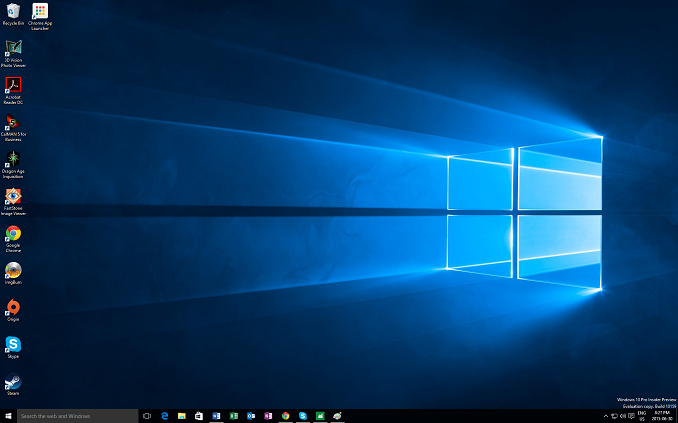

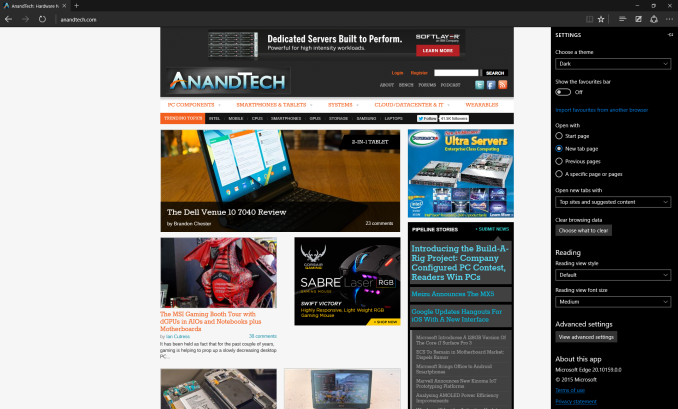
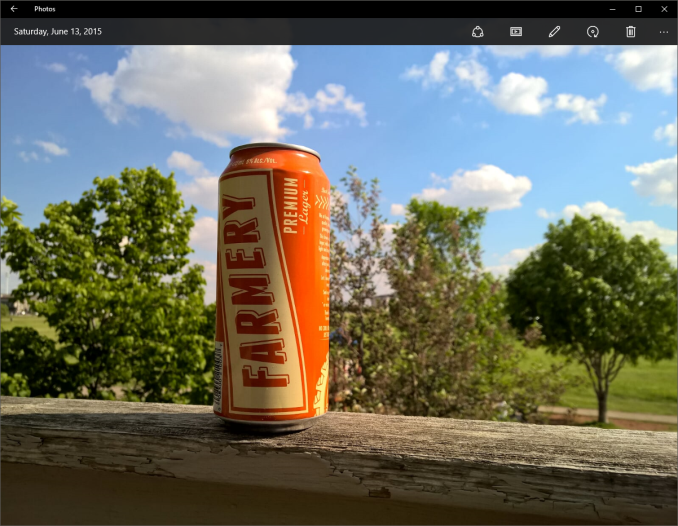
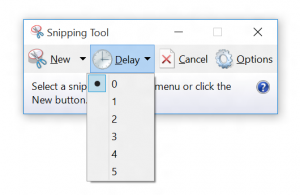
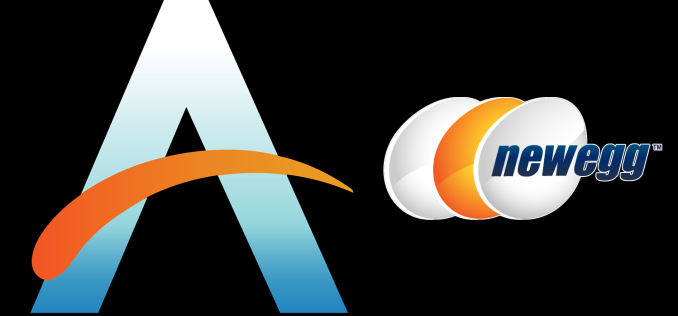
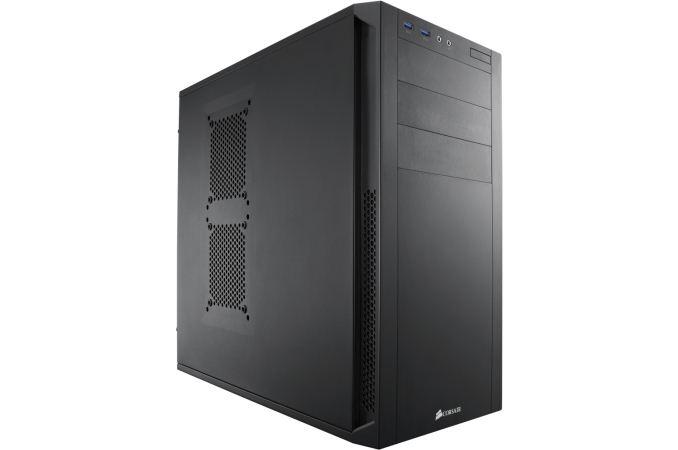
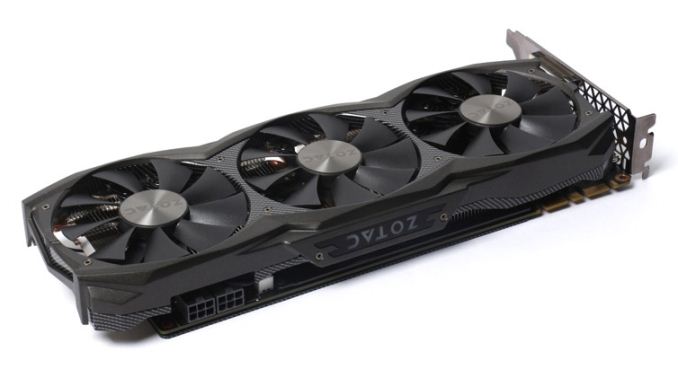



No comments:
Post a Comment